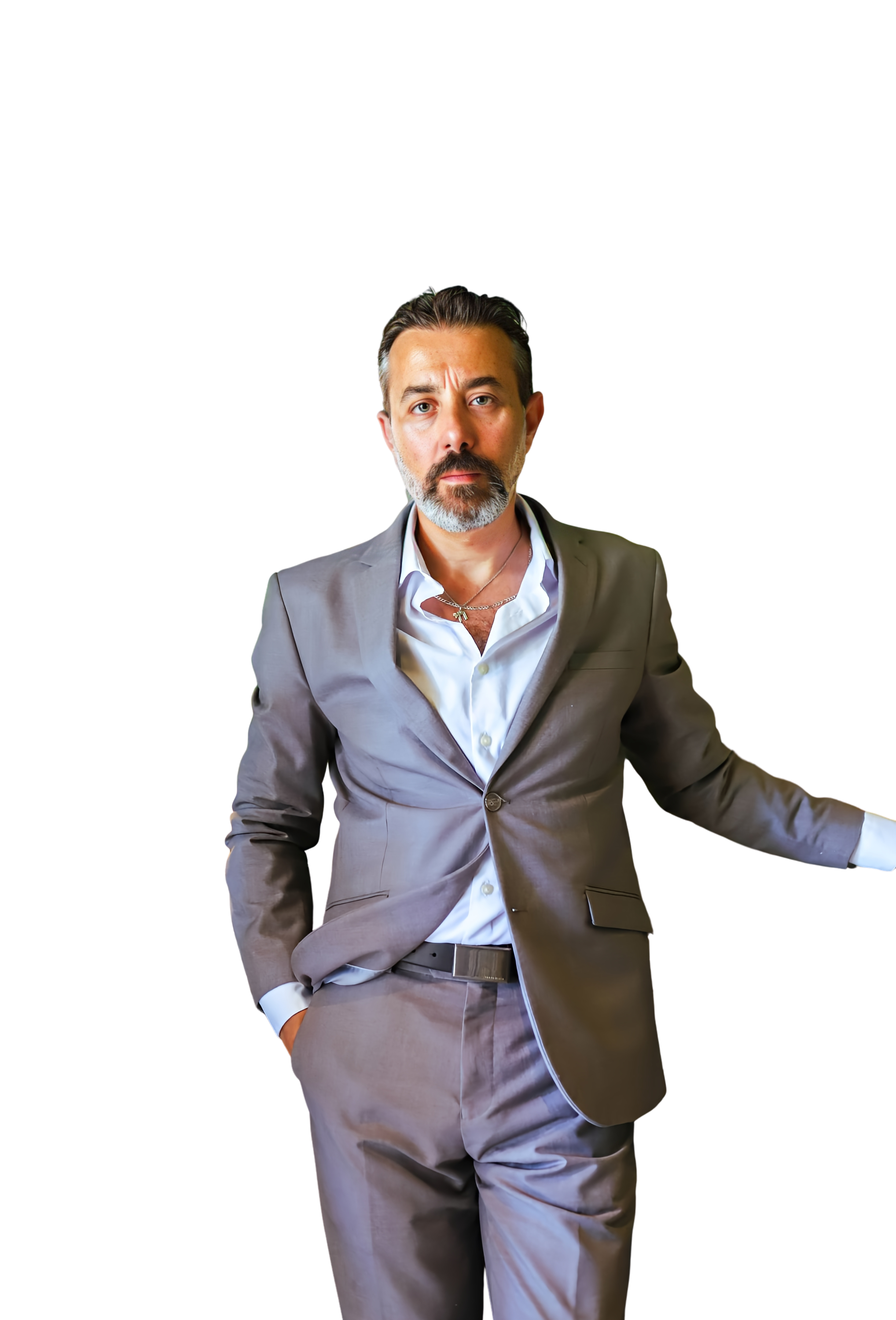Redefining the Edge
- Ethan Starke
- Oct 21
- 3 min read
The Moment When More Becomes Less
You’ve been trained to push.
You’ve made your edge a companion — sometimes a tormentor, often a guide.
You built your growth on grit, drive, resilience, force.
You learned to say yes when it hurt, to go again when tired, to stretch past what felt reasonable.
And it worked.
Until suddenly… it didn’t.
Not because the world changed.
Because you did.
Your internal edge — the one that always whispered “keep going” — now sounds less like a mentor and more like a drill sergeant.
What used to elevate you now exhausts you.
This is the moment few talk about:
When the edge you've sharpened for years becomes the very thing slicing into your alignment.
This article is for that moment.

When the Edge Stops Serving
There’s a stage in every growth curve where what got you here… starts working against you.
You’ve outpaced the old struggles, but you haven’t updated the story behind your effort.
So you keep applying force where grace is needed.
You keep adding when the invitation is to subtract.
You keep reaching when the wisdom is to recalibrate.
The edge you built was meant to be a launching pad — not a permanent home.
But most high performers stay there. Not out of necessity, but out of identity.
Because the edge made them feel alive.
And giving it up feels like betrayal.
Who am I if I’m not stretching to my limits?
Case Study: Essentialism by Greg McKeown
In Essentialism, Greg McKeown lays out a deceptively simple principle:
“If you don’t prioritize your life, someone else will.”
The edge, in many cases, becomes a distortion of this.
Instead of prioritizing clearly, we do everything harder.
We take on too much because we can.
We say yes because we’ve been trained to handle it.
We confuse capability with alignment.
McKeown teaches that clarity of priority is what creates power — not relentless effort.
The Essentialist isn’t lazy. They’re precise.
They learn to pull back, not as retreat, but as strategic sovereignty.
In this light, redefining your edge becomes a power move — not a collapse.
Momentum Needs Margin
The biggest lie momentum tells you is that it must be fed constantly.
But sustainable growth isn’t a treadmill — it’s a pulse.
Expansion. Stabilization. Integration. Then expansion again.
If you skip the middle phases, your edge becomes chronic tension.
You lose the very clarity that created your momentum in the first place.
And what once felt like boldness now feels like survival.
This is why some of the highest performers burn out:
They think they’re accelerating — but really, they’re escaping stillness.
The Edge Evolves
Your edge isn’t fixed.
It evolves with your season, your goals, your self-respect.
In early growth, your edge may be:
Saying yes to risk.
Waking up earlier.
Doing what scares you.
But later…Your edge becomes:
Saying no — especially when it’s lucrative but misaligned.
Resting even when others are watching.
Holding boundaries when your old self would’ve bent.
What once was your power source can become your leak. And what once was your limit can become your wisdom.
The mature edge is no longer about volume — it’s about volition.
Final Thoughts
The edge is not a badge. It’s a compass.
And sometimes, the bravest thing you can do is redraw the map.
More is not always next.
Harder is not always better.
And your growth is not a performance.
Redefining the edge means choosing depth over pace, clarity over force, and wholeness over noise.
That’s where your next level lives — not in the stretch, but in the stillness that tells you you’ve arrived.




